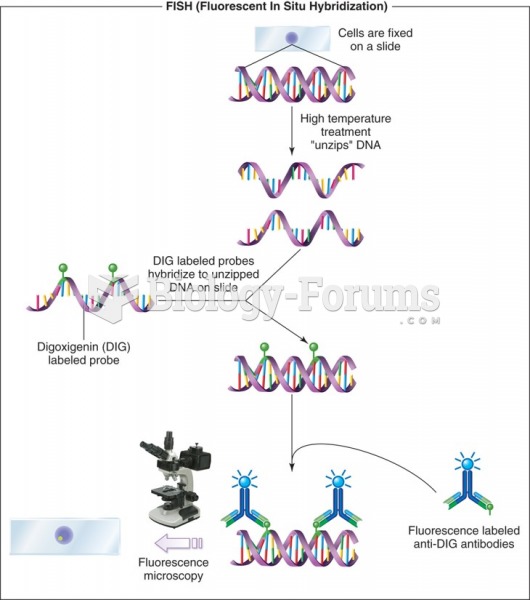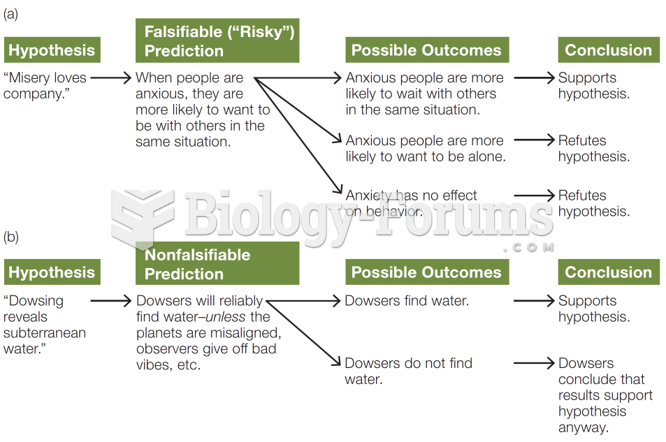Answer to Question 1
A diagnosis of intellectual disabilities involves substantial intellectual deficits (scoring below 70 on an IQ test) and deficiencies in adaptive behaviors expected for the child's age group or culture. In other words, intellectual disability involves impairment in daily living skills, self-care, and other adaptive behaviors in addition to having an IQ below 70 . The DSM-5 specifies four subcategories of intellectual disability based on a range of IQ scores. Individuals diagnosed with a mild intellectual disability have an IQ in the 50-70 range. Mild intellectual disability is characterized by some affected daily living and social interactions skills. These individuals may need assistance with job skills or independent living yet they may marry and raise children. Moderate intellectual disability falls within the range of 35-49 . Individuals in the moderate range may have functional self-care skills, may read a few basic words, and need lifelong support and supervision. Severe intellectual disability ranges from 20-34, and individuals within this range may recognize familiar people, have very limited communications skills, and require lifelong support. Profound intellectual disability involves IQ scores below 20 . Social and vocational skills vary widely within these categories. Interestingly, the American Association on Intellectual Disabilities no longer uses IQ scores to subdivide forms of intellectual disabilities. They focus on the individuality and humanity of individuals with intellectual disabilities, and emphasize the need for supportive services.
Eighty percent of cases of intellectual disabilities have no clear cause. Genetic factors contribute to intellectual disabilities through genetic variations and genetic abnormalities. Genetic abnormalities associated with intellectual disability include Down syndrome, a genetic condition in which there is an extra Chromosome 21 . There are other genetic causes of intellectual disabilities such as fragile X syndrome. Nongenetic biological factors account for other cases of intellectual disabilities. For example, when mothers drink heavily during pregnancy, they can give birth to a child with fetal alcohol syndrome (FAS), a condition that includes a central nervous system dysfunction, altered brain development, reduced cognitive functioning, and attentional difficulties. Lack of oxygen during birth, head injuries, infections, toxic substances such as lead, and malnutrition are other prenatal, perinatal, or postnatal biological causes of intellectual disabilities. In some cases, environmental causes such as poverty, lack of attention, poor nutrition, and inadequate stimulation are primary influences that affect intellectual and adaptive functioning. Individuals from socioeconomically disadvantaged homes generally have less opportunity to reach their genetic potential. An enriching and encouraging home environment as well as ongoing educational intervention focused on targeted cognitive, academic, self-care, social and problem-solving skills can have a strong and positive influence on the development of children with intellectual disabilities.
Answer to Question 2
Oppositional defiant disorder (ODD), and conduct disorder (CD) are disruptive behavior disorder. These conditions are associated with symptoms that are socially disturbing and distressing to others. These disorders may make school achievement less likely and increase conflicts between the children who have these disorders and peers, parents, teachers, and others. Diagnosis of externalizing disorders requires a pattern of behavior that is 1) atypical for the child's age and developmental level; 2) persistent (occurring consistently for at least one year); and 3) severe enough to cause significant impairment in social, academic or vocational functioning.
ODD is characterized by a pattern of hostile, negativistic behavior in which the child loses his or her temper and defies adult requests. Anger and resentment are common emotions for these children, and they may engage in spiteful actions, but they usually do not break the law or act cruelly or viciously toward others. CDs are characterized by just this kind of behavior. Children with conduct disorders violate the rights of others by stealing, fighting, bullying, lying, destroying property, or acting cruelly toward animals or small children.
Family and social context play a large role in the development of externalizing disorders, as disruptive behavior is associated with harsh or inconsistent discipline, peer or maternal rejection, economic stress, large families, and marital breakdown. Underlying emotional issues are also common in these externalizing disorders. Depression frequently co-exists with ODD. ODD often precedes the development of conduct disorders, and ODD and CD tend to co-occur with ADHD.







